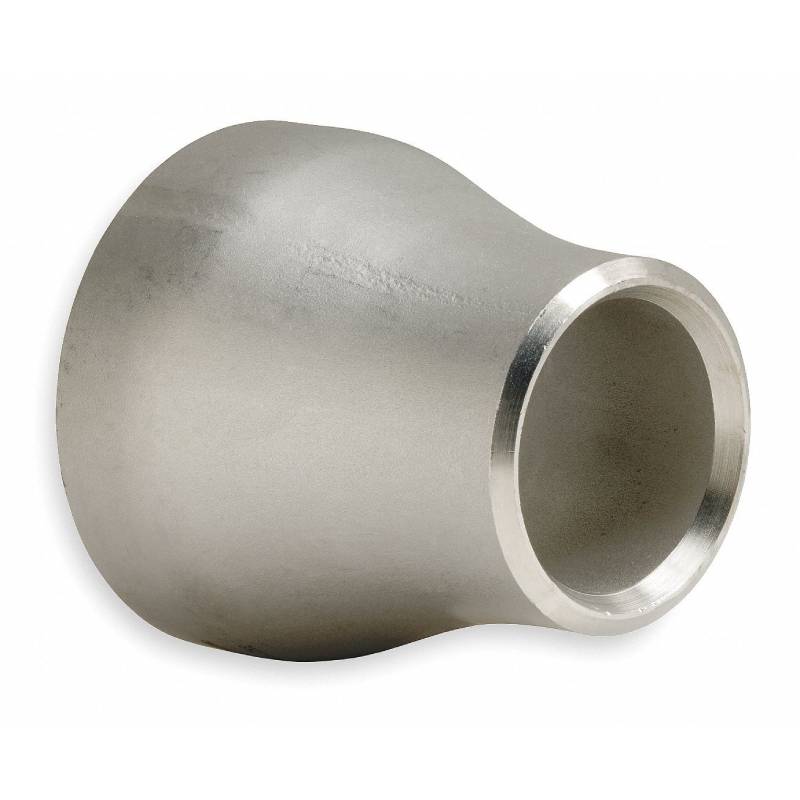-
Cangzhou Yulong Steel Co., Ltd.
-
Phone:
+86 13303177267 -
Email:
admin@ylsteelfittings.com
- English
- Arabic
- Italian
- Spanish
- Portuguese
- German
- kazakh
- Persian
- Greek
- French
- Russian
- Polish
- Thai
- Indonesian
- Vietnamese
- Zulu
- Korean
- Uzbek
- Hindi
- Serbian
- Malay
- Ukrainian
- Gujarati
- Haitian Creole
- hausa
- hawaiian
- Hebrew
- Miao
- Hungarian
- Icelandic
- igbo
- irish
- Japanese
- Javanese
- Kannada
- Khmer
- Rwandese
- Afrikaans
- Albanian
- Amharic
- Armenian
- Azerbaijani
- Basque
- Belarusian
- Bengali
- Bosnian
- Bulgarian
- Catalan
- Cebuano
- China
- China (Taiwan)
- Corsican
- Croatian
- Czech
- Danish
- Esperanto
- Estonian
- Finnish
- Frisian
- Galician
- Georgian
- Kurdish
- Kyrgyz
- Lao
- Latin
- Latvian
- Lithuanian
- Luxembourgish
- Macedonian
- Malgashi
- Malayalam
- Maltese
- Maori
- Marathi
- Mongolian
- Myanmar
- Nepali
- Norwegian
- Norwegian
- Occitan
- Pashto
- Dutch
- Punjabi
- Romanian
- Samoan
- Scottish Gaelic
- Sesotho
- Shona
- Sindhi
- Sinhala
- Slovak
- Slovenian
- Somali
- Sundanese
- Swahili
- Swedish
- Tagalog
- Tajik
- Tamil
- Tatar
- Telugu
- Turkish
- Turkmen
- Urdu
- Uighur
- Welsh
- Bantu
- Yiddish
- Yoruba

Nov . 09, 2024 02:47 Back to list
Types of Pipeline Welding Techniques and Their Applications
Pipeline Welding Types An Overview
Pipeline welding is a vital process in the construction, maintenance, and repair of pipelines that transport liquids and gases across vast distances. This specialized form of welding is essential for ensuring the structural integrity, safety, and efficiency of pipelines. Various types of welding techniques are employed in pipeline construction, each with its unique advantages and applications. In this article, we will explore the primary types of pipeline welding, highlighting their characteristics, uses, and benefits.
1. Stick Welding (SMAW)
Shielded Metal Arc Welding (SMAW), commonly known as stick welding, is one of the oldest and most versatile welding methods. It involves the use of a consumable electrode coated in flux, which melts and forms a protective gas around the weld area as it is consumed. This technique is particularly useful in outdoor environments, as it is less susceptible to wind and contamination. Stick welding is widely used for pipelines that transport natural gas, oil, and water, particularly in remote locations where equipment and power supply may be limited. The simplicity of the equipment and ease of operation make SMAW a common choice for pipeline welders.
2. Gas Tungsten Arc Welding (GTAW)
Gas Tungsten Arc Welding (GTAW), or TIG (Tungsten Inert Gas) welding, is a process that utilizes a non-consumable tungsten electrode to produce a weld. It is often used for welding thin materials and when a high-quality finish is required. GTAW is characterized by its precise control and minimal spatter, making it suitable for applications in which strength and appearance are critical. While it is less commonly used for large-scale pipeline projects due to its slower speed and higher costs, GTAW is ideal for welding smaller pipes or repair work in challenging conditions.
3. Gas Metal Arc Welding (GMAW)
pipeline welding types

Gas Metal Arc Welding (GMAW), also known as MIG (Metal Inert Gas) welding, employs a continuous wire feed electrode and a shielding gas to produce a weld. This method is known for its speed and efficiency, making it an excellent choice for larger pipeline projects. The versatility of GMAW allows for effective welding on a variety of materials, including carbon steel, stainless steel, and aluminum. GMAW is increasingly becoming a preferred method in pipeline construction due to its ability to produce high-quality welds with a lower chance of defects.
4. Submerged Arc Welding (SAW)
Submerged Arc Welding (SAW) is a highly productive welding process that involves the formation of an arc between a continuously fed electrode and the workpiece. The weld area is submerged in a granular flux, which provides a protective environment, minimizes spatter, and improves weld quality. SAW is especially advantageous for large-diameter pipelines, where it can produce deep penetration welds quickly. This method is primarily used in industrial settings, where high volumes of welding are required, such as in the oil and gas sector.
5. Flux-Cored Arc Welding (FCAW)
Flux-Cored Arc Welding (FCAW) is similar to GMAW, but it uses a tubular wire filled with flux instead of a solid electrode. This process can be performed with or without an external shielding gas, depending on the wire used. FCAW is particularly suited for welding in outdoor conditions due to its resistance to wind and contaminants. It is commonly employed in heavy structural applications and pipeline work, where its fast deposition rates and ability to weld thick materials are significant advantages.
Conclusion
In conclusion, the selection of a welding technique for pipeline construction is influenced by various factors, including the type of material, thickness, environmental conditions, and project requirements. Each pipeline welding method—stick welding, TIG, MIG, submerged arc, and flux-cored welding—has its distinct characteristics and applications. Understanding these techniques allows engineers and welders to make informed decisions, ensuring the successful completion of pipeline projects while maintaining safety and structural integrity. As technology advances, continued innovation in welding processes will further enhance the efficiency and effectiveness of pipeline construction and maintenance.
Latest news
-
ANSI 150P SS304 SO FLANGE
NewsFeb.14,2025
-
ASTM A333GR6 STEEL PIPE
NewsJan.20,2025
-
ANSI B16.5 WELDING NECK FLANGE
NewsJan.15,2026
-
ANSI B16.5 SLIP-ON FLANGE
NewsApr.19,2024
-
SABS 1123 FLANGE
NewsJan.15,2025
-
DIN86044 PLATE FLANGE
NewsApr.19,2024
-
DIN2527 BLIND FLANGE
NewsApr.12,2024
-
JIS B2311 Butt-Welding Fittings LR/SR 45°/90° /180°Seamless/Weld
NewsApr.23,2024











